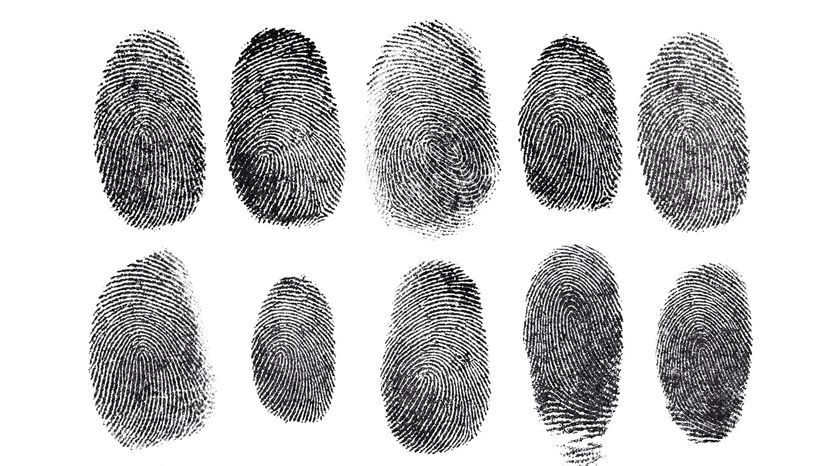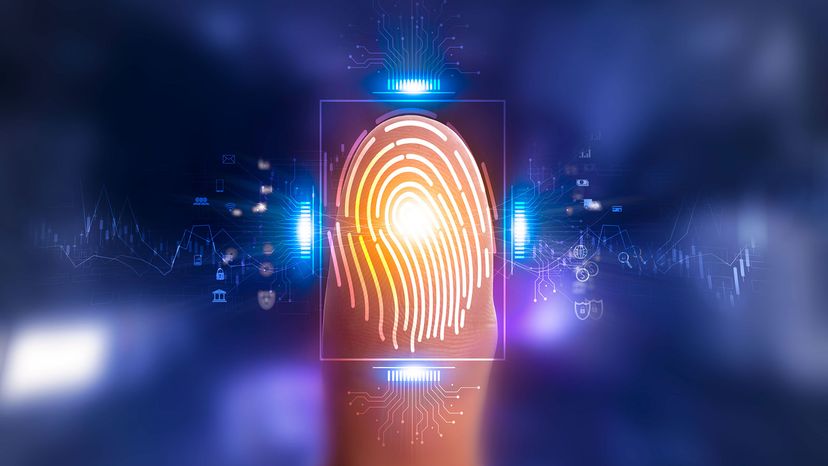
One of life's great marvels is that, much like snowflakes, no two fingerprints are alike. This goes even for identical twins, who split from the very same egg. In fact, fingerprints are so unique that we actually have different prints on each and every digit! Although it's not entirely impossible for two fingerprints to match up, the odds are way against it, at 1 in 64 billion. Definitely not odds you want to take to Vegas, right?
Fingerprints have been studied for millennia, but the Federal Bureau of Investigation (FBI) today identifies eight primary types of fingerprint patterns. These include four types of loops, two types of arches, one type of whorl and even an accidental type, which combines characteristics of all three patterns. But even within those patterns, there's tremendous potential for differences in spacing, depth, angles and such. A print's pattern depends on a potent and unique combination of genes plus environment during development.
Advertisement
